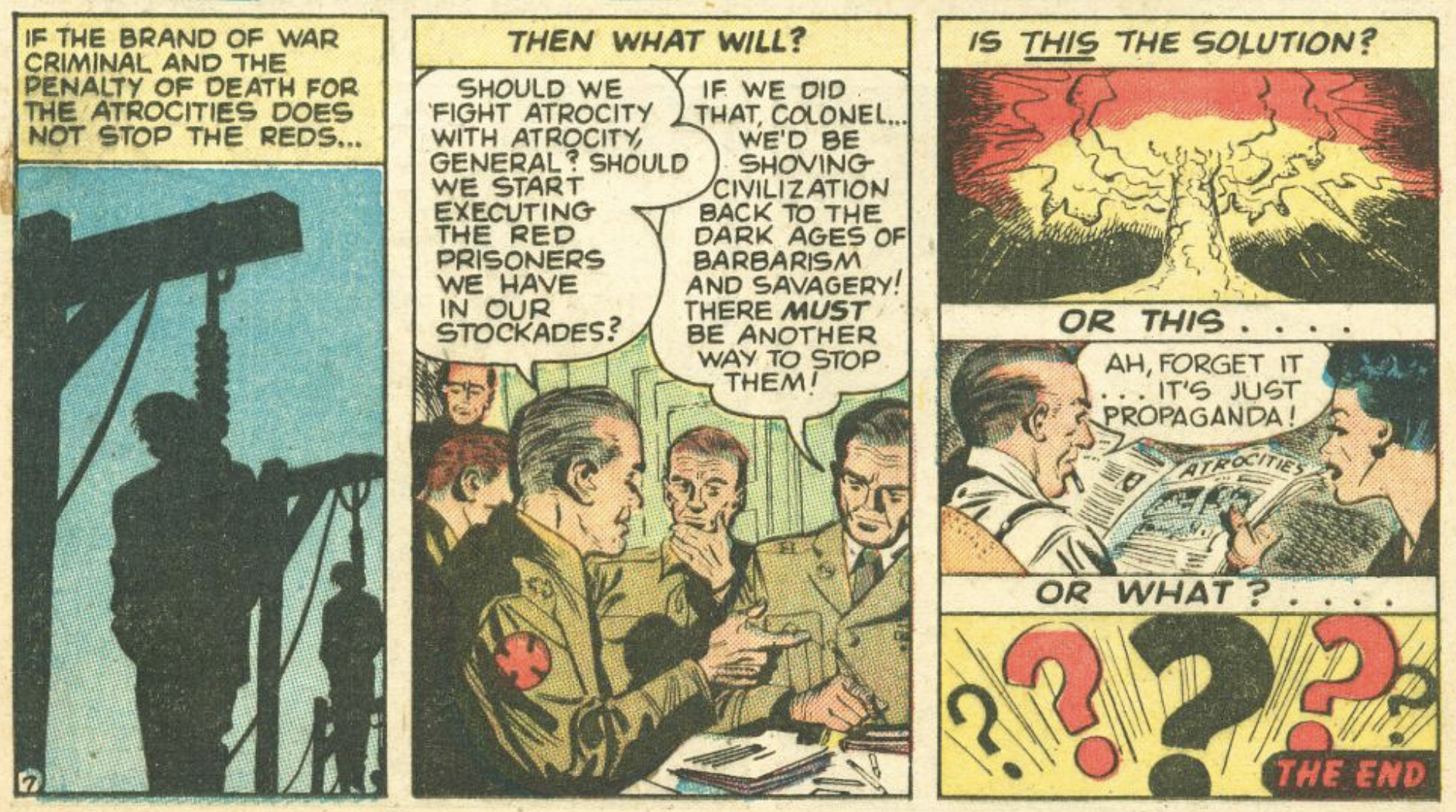Editor’s Note: This is the second installment in a two-part column. The first column is available here.
As a playwright, I am indebted to historians for helping me write about the past. Some years ago, I discovered the work of the New Western History school and was inspired to write a sprawling play about race, class, and gender in the western borderlands. After a script reading one night, an audience member approached me to say she knew a writer I might like: her name was Patty Limerick. Might I be interested in looking at her work? I had to laugh because, in preparation for writing the play, I had been doing little else! What that audience member assumed I had created on my own, I had actually arrived at after a deep dive into historians’ work; I couldn’t have written the play without the conceptual framework their work provided.

Playwrights often lean on historical themes, but Mary F. Casey argues that historians, too, can learn from plays. Rob Laughter/Unsplash
After years away from the academy, I returned to graduate school to enrich my skills as a historian and expand the content and analytic framework of my creative writing. But as I began crafting my own historical scholarship, I found myself thinking about how creative writing techniques, especially from playwriting, might expand the ways we as historians think about and write about history. Examples abound—playwrights have been writing about history for three millennia, after all—but here I have chosen to discuss a few I have found the most useful. For, to recast Claude Lévi-Strauss’s famous phrase, plays can be good to think with, and, in particular, they can be good to think about historical writing with.
One of the best ways dramatic writing can expand the possibilities for historical writing is through its focus on specific characters at a very specific time. In writing the rap musical phenomenon Hamilton (2015), Lin-Manuel Miranda had to place himself in the lived reality of his characters, their historical moment. By definition, we write history looking backward, musing on a past whose outcome is already known. But the fast-paced, at times exuberant rhythms of Hamilton remind us that American revolutionaries were not always the sober, elder statesmen depicted on our currency. They were upstarts, relative historical unknowns, “young, scrappy, and hungry,” in the play’s words, “just like [their] country.” To paraphrase Søren Kierkegaard, if history can only be understood backward, it must be lived forward. As historians, how do we capture something of that living forward, its possibilities and limitations? What would it mean to cultivate techniques that capture immediacy, contingency, and a sense of people in the past as, literally, historical actors?
As historians, how do we capture something of that living forward, its possibilities and limitations?
Playwrights tell their stories through dialogue, using words that resonate with meaning and rhythm but also subtext and metaphor. Recall Richard’s aching cry in Shakespeare’s history, Richard III (c. 1590s): “A horse, a horse, my kingdom for a horse!” On its surface, it’s a statement of sheer frustration that, at the height of the Battle of Bosworth Field, his horse is mired in a marsh and now, horseless, he faces certain defeat at the hands of Henry Tudor’s mounted fighters. But in this one line, Shakespeare also reminds us that a life—and a kingdom—can turn on the smallest event.
A much more recent historical play, Tony Kushner’s Angels in America (1991), provides great examples of the uses of monologue and dialogue. Kushner gives Roy Cohn, infamous attorney and Rosenberg prosector, an opportunity to explain the mental gymnastics that allowed a closeted gay man to retain dominant power in McCarthy-era Washington’s political scene:
AIDS. Homosexual. Gay. Lesbian. You think these are names that tell you who someone sleeps with, but they don’t tell you that. . . . No. Like all labels they tell you one thing and one thing only: where does an individual so identified fit in the food chain, in the pecking order? Not ideology, or sexual taste, but something much simpler: clout. . . . Homosexuals are not men who sleep with other men. Homosexuals are men who in fifteen years of trying cannot pass a pissant antidiscrimination bill through City Council. Homosexuals are men who know nobody and who nobody knows. Who have zero clout. Does this sound like me? . . . No. I have clout.
In a compact monologue, Kushner crammed in insights on power, masculinity, internalized homophobia, political efficacy, and the larger-than-life walking contradiction who was Roy Cohn. Historians have written their share about Cohn, but Kushner captures his essence, in much the same way Shakespeare captured that of Richard III. While we know from historians the actions taken by both men, playwrights’ use of monologue and dialogue helps illuminate their inner lives, rife with complexity and contradiction.
Angels in America is, in part, about power structures but also about their subversion. Following Cohn’s death, the already-deceased Ethel Rosenberg and the fictional character Louis say kaddish over his body. It is a remarkable theatrical moment as these three characters are briefly united in their Jewish identity, a moment sublimely shattered when Louis and Ethel conclude, “You sonofabitch.” Just as Cohn’s monologue captures his essence, so does this trio help us see something important about the entanglements and unexpected collisions of second-generation Jewish Americans in the Cold War era. And thanks to the magic of theater, Ethel Rosenberg gets to have the last word in death in ways she never did in life.
Thanks to the magic of theater, Ethel Rosenberg gets to have the last word in death in ways she never did in life.
Playwrights’ words help us think about historical actors, but plays are also good for thinking about the structure of historical narratives. Not all narratives need to be linear and chronological, but it can be a challenge to try something that hasn’t been done before. In an essay about different approaches to historical narrative, James Goldman discusses his early struggles writing about the Scottsboro Case. His instinct was to use multiple perspectives, yet he didn’t have a model in historical writing. So he took William Faulkner as his inspiration. Something about the structure worked for Goldman: his Stories of Scottsboro was nominated for a Pulitzer Prize; one reviewer called it “kaleidoscopic.”
Like Goldman, Joshua Piker looked to an innovative structure to explore the conflict between European and Native understandings of justice in early America. Eschewing conventional narrative, he employs multiple perspectives in The Four Deaths of Acorn Whistler. On one level, the book narrates the death of the elusive Acorn Whistler. Each story also looks at issues beyond a single fate, such as the changing nature of the British Empire and the emergence of the Creek nation. Finally, Piker offers “the historian’s tale,” which focuses on how the stories and subjects are linked and juxtaposed. “If there is a truth to be found here,” Piker argues, “it is in the relationship between the stories, not in the stories themselves.” Piker admits the resulting book is unconventional, a kind of “Rashomon meets Last of the Mohicans, with a dash of Who Framed Roger Rabbit.” While that description is clearly tongue-in-cheek, Piker’s use of experimental structures from other writing forms is instructive.
The connection between playwriting and historical writing is perhaps most obvious in productions of verbatim (documentary) theater, a genre based exclusively on source material, often including transcripts, interviews, newspapers, and other media. One of the most famous examples is The Laramie Project (2000), conceived by the Tectonic Theatre Company, which uses interviews and other sources to explore the murder of Matthew Shepherd, a gay student at the University of Wyoming. Created solely from documentary sources, the play’s very form illustrates theater’s debt to historians and historical methodology. But it also offers something important to historians in the way it foregrounds the sources, juxtaposing interviews and documentary evidence to achieve its powerful effects. This technique builds on the work of oral historians such as Studs Terkel, whose 1974 book, Working: People Talk About What They Do All Day and How They Feel About What They Do, was adapted into a Broadway musical. Finally, no discussion of verbatim theater would be complete without mention of Anna Deveare Smith’s exceptional oeuvre. In plays that explore attitudes toward highly controversial issues, such as Twilight: Los Angeles, 1992, Smith performs as multiple characters based on her own interviews with them. Her process not only foregrounds her oral history sources but, in re-enacting them, seems to embody history itself.
Theater is one of our most enduring public rituals, a literal and figurative space for us to muse on humanity and its foibles, a process not unlike writing historical narratives. The Battle of Bosworth Field, Alexander Hamilton’s star-crossed relationship with Aaron Burr, the murder of a young man in Wyoming—the past is told by historians and enriched by retelling as theater. Playwrights’ debt to historians is obvious (just ask Will Shakespeare). But playwrights can teach historians fresh new ways to approach our historical writing. History makes great theater, after all, and plays are good to think with.
Mary F. Casey is a history PhD candidate at the University of California, Riverside and a teaching fellow in the University Writing Program.
This work is licensed under a Creative Commons Attribution-NonCommercial-NoDerivatives 4.0 International License. Attribution must provide author name, article title, Perspectives on History, date of publication, and a link to this page. This license applies only to the article, not to text or images used here by permission.
